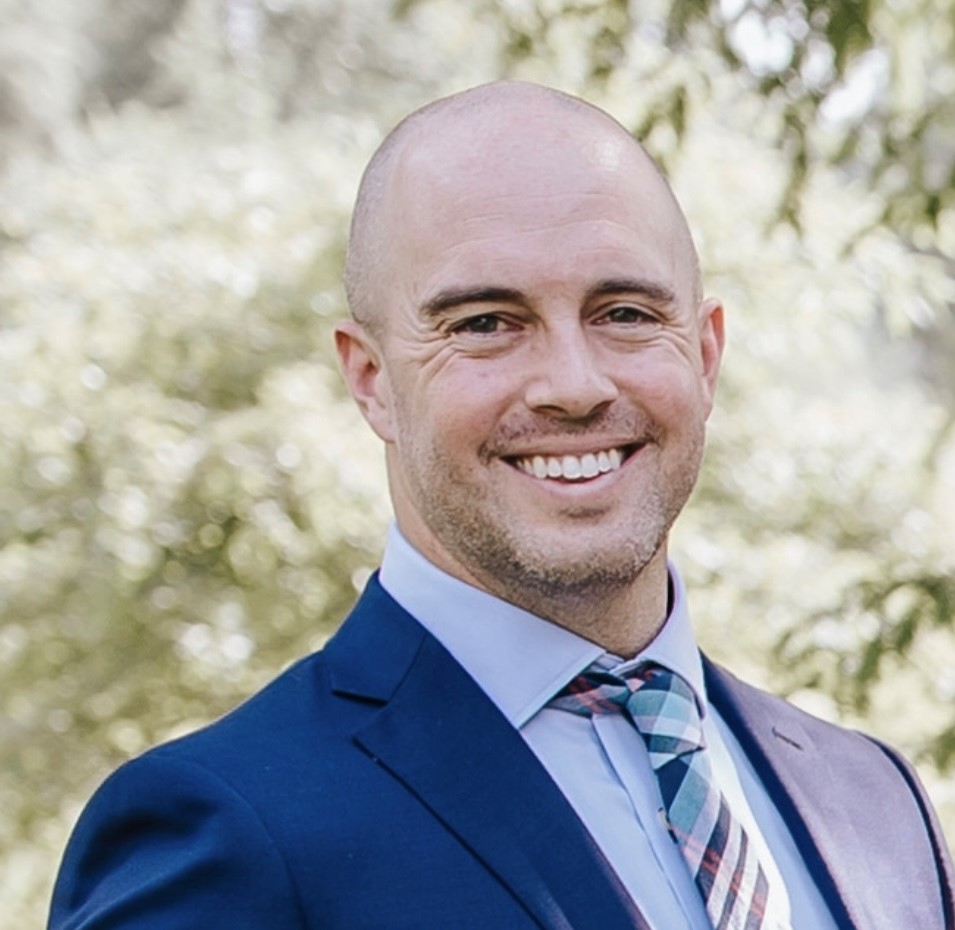Medicaid in focus

Pharma executives explored the challenges and opportunities within Medicaid at the recent Medicaid Drug Rebate Program (MDRP) Summit.
Sabrina Aery, executive director, U.S. government programs at Bristol Myers Squibb, and James Kelly, director of Medicaid at Novartis Pharmaceuticals, kicked off the last session of the summit by examining the changes in Medicaid enrollment due to the COVID-19 pandemic and its aftermath.
“Starting in 2020 Q2 [second quarter], we had about 72 million people on Medicaid. By the time we hit 2023 Q2, it jumped up to almost 95 million people,” Kelly said, noting that the CMS allowed individuals to stay on Medicaid during the COVID-19 public health emergency (PHE) period without having to reenroll.
However, by second-quarter 2024, enrollment dropped to about 80 million, Kelly said, as states re-evaluated their Medicaid programs when the PHE protection ended last year. This “unwinding” process saw around 14 million individuals lose their Medicaid coverage.
This shift illustrates how pharmaceutical products may be affected by the Medicaid unwinding process, and “what that means for any potential accruals or cost setting that you need to consider when you’re forecasting going forward as well,” he said.
 James Kelly, director of Medicaid, Novartis Pharmaceuticals
James Kelly, director of Medicaid, Novartis Pharmaceuticals
Medicaid expansion
Kelly shifted the discussion to Medicaid expansion. In 2010, the Affordable Care Act expanded Medicaid coverage for individuals with incomes up to 138% of the federal poverty level. Citing data from KFF, Kelly said as of now “41 states, including Washington D.C., have expanded Medicaid, and there are still 10 states that have not adopted Medicaid expansion.” During and post-PHE, Nebraska, Oklahoma, Missouri, South Dakota, North Carolina expanded and increased to the Medicaid expansion, he added.
Kelly shared the number of enrollees that were added for each of these states, pointing out the potential financial challenges for states that choose to adopt the Medicaid expansion.
“For example, you have the state of California, which increased 700,000 people at the start of this year by allowing immigrants between the ages of 26 and 49 onto their Medicaid program. If it costs $9 per person, you can kind of simply do basic math: $9 times your 700,000 people—$6.3 million per quarter.
“You have to make sure your finance team is aware and setting those accruals up by product to understand where those dollars are going to come from,” Kelly reiterated to the audience.
Bristol Myers Squibb’s Aery spoke on the reason why pharmaceutical manufacturers should track and care about expansion trends.
“States who are doing Medicaid expansion are more likely to have more adults enrolled. And depending on where your product portfolio lies and who your patient population is, that could shift how you would think about focusing on physicians and hospital systems that treat Medicaid patients.
“It helps you rethink and understand the epidemiology of where your patients are and what kind of insurance they have in any given state,” she said.
Sharing data from the Center on Budget and Policy Priorities, Aery said uninsured rates dropped for states that expanded Medicaid coverage, while the number for uninsured still remain large for non-expansion states.
Data also showed expansion states experience better patient outcomes.
“If you’re looking at chronic diseases, for instance, they saw an association with improved access to care, better health outcomes and better disease management and decrease mortality in those Medicaid expansion states.
“It’s also linked to earlier detection, diagnosis, and treatment of many serious medical conditions in Medicaid expansion states, including many types of cancer. … That’s something we pay attention to,” she added.
Decreased mortality among patients newly diagnosed with breast, colorectal, or lung cancers was associated with expansion states, Aery noted.
“From a pharmaceutical perspective, as you’re thinking about your strategy, maybe it’s a new product launch, keeping these kinds of trends in mind can really help in terms of your launch planning.”
 Sabrina Aery, executive director, U.S. government programs, Bristol Myers Squibb
Sabrina Aery, executive director, U.S. government programs, Bristol Myers Squibb
340B duplicate discount
Another growing impact within Medicaid is the 340B duplicate discount, which is when pharmaceutical companies provide Medicaid rebates on drugs that have already been discounted through the 340B Drug Pricing Program. This has resulted in financial burdens among manufacturers.
Aery noted that the CMS had sent a guidance letter to state Medicaid programs that recommended best practices to avoid 340B duplicate discounts.
“It ranges from using the Medicaid exclusion file that HRSA continues to publish, as well as looking at the contract pharmacy arrangements in their state using a state plan amendment around contract pharmacies, looking at requirements for 340B identifiers on the claims, [and] requiring their managed care plans to pass through 340B modifiers in the utilization files.
“When they’re seeking, they’re providing the files to the state, and the state is billing the manufacturer for the rebate, so the state knows to exclude that volume,” she said.
Also included in the recommendations to prevent duplicate discount are claim level of detail to manufacturers and pharmacy benefit managers using a BIN/PIN combination.
“It’s going to be really interesting to see how states adhere to that in the final rule, how quickly and how much it helps us in terms of being exposed to duplicate discounts,” Aery said.
Emerging trend: value-based contracting
Beyond the 40B program, value-based contracting has become an emerging trend, according to Aery, especially in therapies such as CAR-T and gene that are higher cost.
According to Aery, 29 states have a state plan amendment (SPA) to allow value-based contracting with a supplemental rebate template actually approved.
“The most active states are Oklahoma … but then also Massachusetts and Missouri,” she said, adding that some states are doing one-off agreements for CAR-T therapy. However, “still seeing some disparities in care there in the Medicaid space.”
Looking ahead, Aery said, “As states work on affordability for selling gene therapies and watching what’s happening with this value-based contracting space, I think is going to be an interesting thing to pay attention to, not only this year, but going into next year.”
Kelly agreed, adding, “I think more and more states are going down that route, especially on higher cost drugs. So you talk about your CAR-Ts and your gene therapy drugs – it’s becoming a more prevalent ask that we hear on a regular basis, and states are adopting it rather quickly to offset some of those costs.”
Aery said she heard anecdotally during the conference that “most states are enrolling, they’re starting with sickle cell, and those contracts will begin in January of 2025.
“It’ll be fascinating to see where it goes next,” she said.
Unsplash/Paul Skorupskas